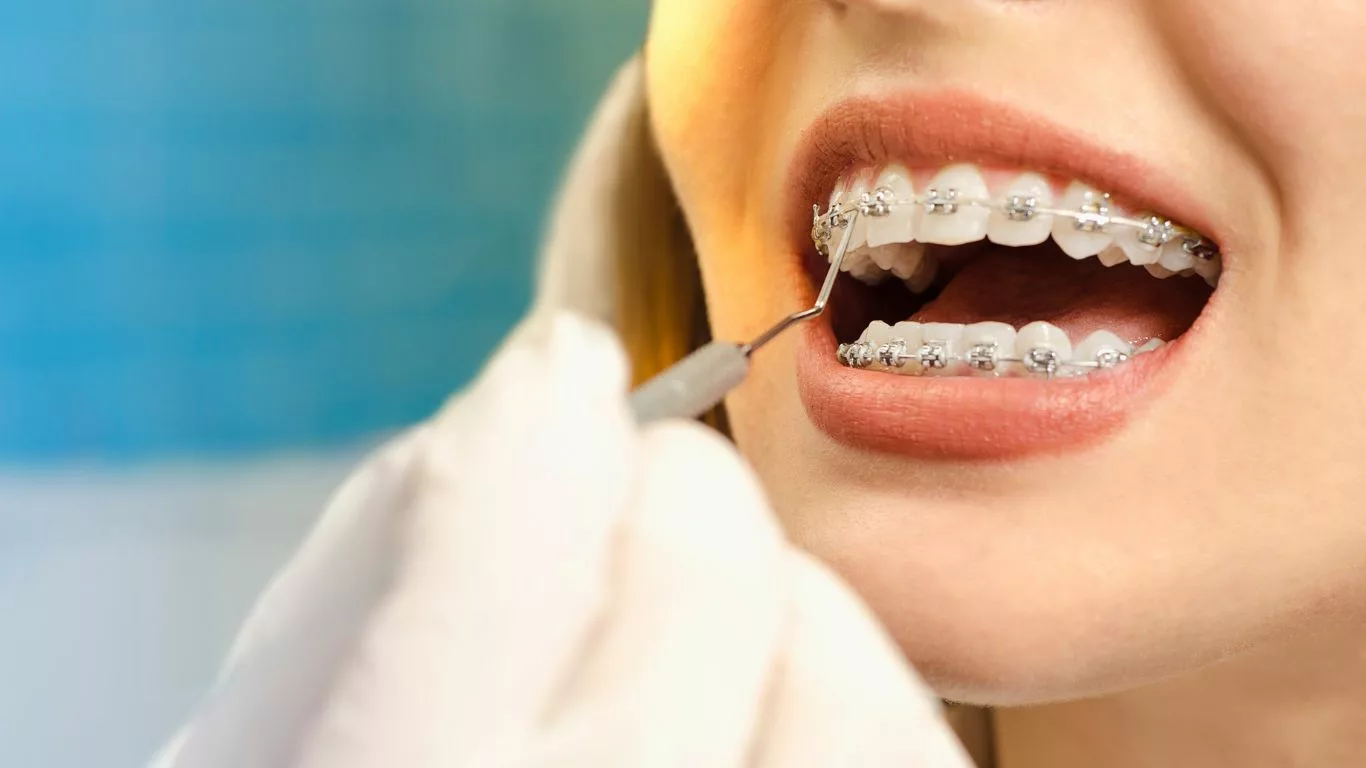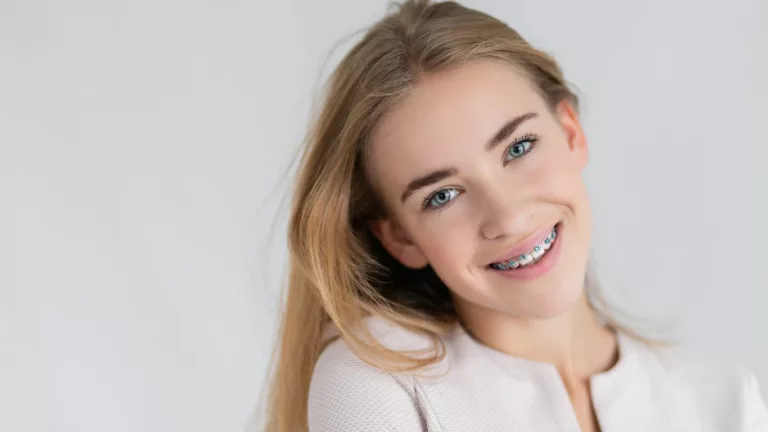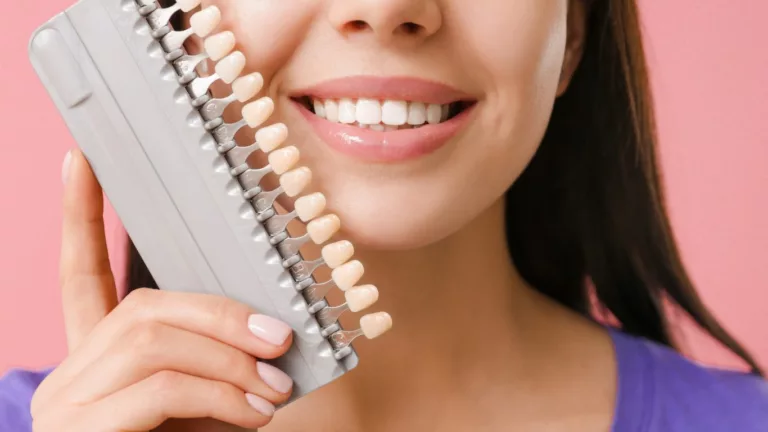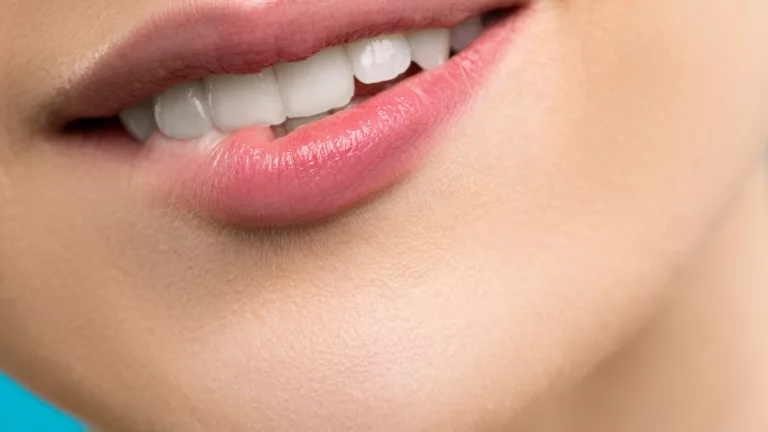Can You Eat Pizza with Braces? Tips for Enjoying Your Favorite Slice
Can you eat pizza with braces? This is a common question for those who are new to wearing braces and are concerned about maintaining their orthodontic treatment. In this comprehensive guide, we’ll explore how you can safely enjoy pizza without compromising your braces, including tips on choosing the right type of pizza and how to eat it.
When you have braces, maintaining good oral hygiene and making mindful food choices are critical to ensuring a smooth orthodontic treatment journey. Braces, composed of delicate brackets, wires, and bands, are susceptible to damage from certain foods. As a result, you need to be cautious about what you eat to avoid prolonging your treatment time or causing unexpected trips to the orthodontist.
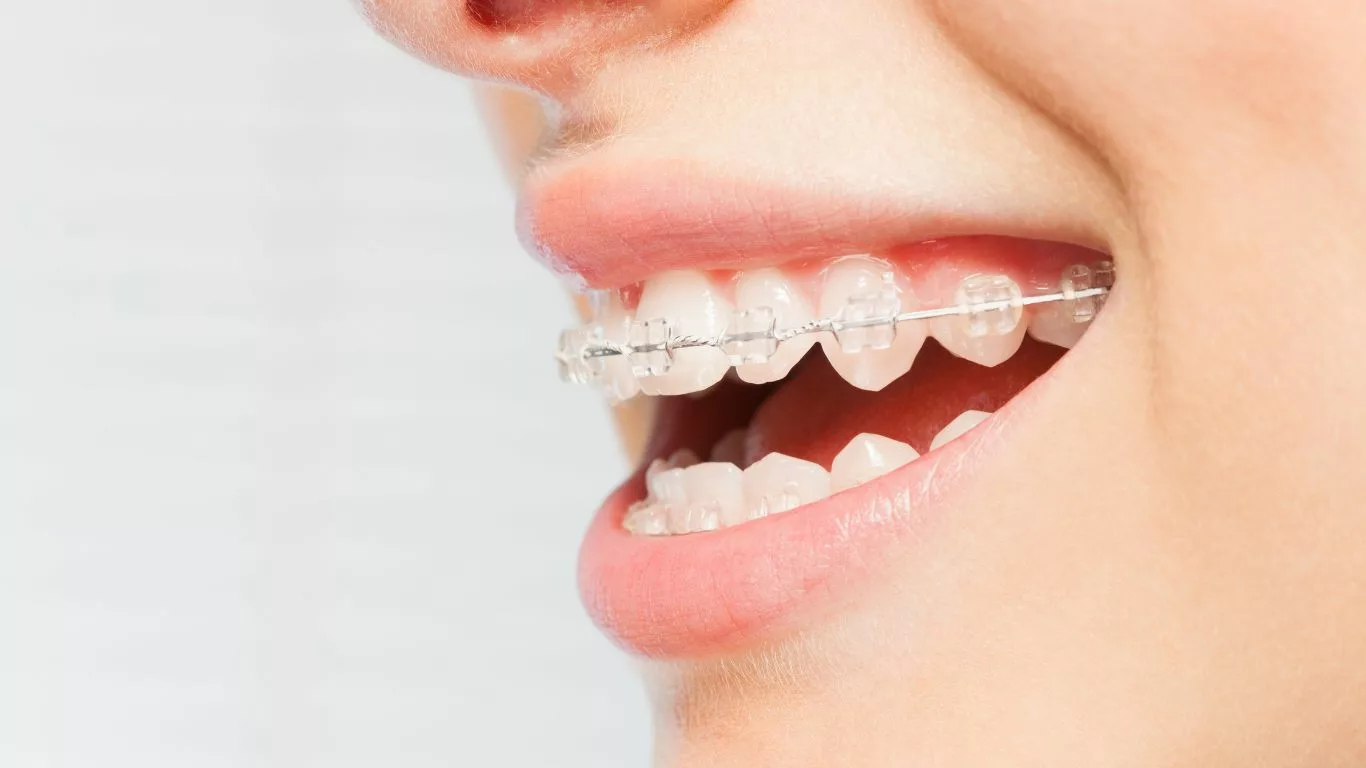
Understanding the Impact of Pizza on Braces
Pizza, a universally loved dish, is one such food that requires special attention when you have braces. While you don’t need to give up pizza entirely, understanding the potential risks and how to mitigate them can help you enjoy this treat without compromising your orthodontic progress.
Crust Considerations
The type of crust you choose when eating pizza with braces plays a significant role in preventing damage to your orthodontic appliances. The crust is often the toughest part of a pizza, and biting into a hard or thick crust can exert too much pressure on the brackets and wires, potentially causing them to break or become dislodged. This not only causes discomfort but can also extend the duration of your treatment as additional orthodontic visits may be required for repairs.
- Hard or Thick Crusts: Hard, thick crusts, such as those found on traditional or deep-dish pizzas, are particularly risky. Their dense texture can be difficult to chew, which increases the likelihood of applying uneven pressure on your braces. This can result in loose brackets, bent wires, or even damage to your teeth.
- Soft Crust Options: To minimize these risks, opt for pizzas with softer crusts. Thin crust pizzas, for example, are generally easier to manage as they require less force to bite and chew. Similarly, pan pizzas, which typically have a softer, more pliable crust, are a safer alternative. These options reduce the strain on your braces and help prevent any damage.
- Alternative Crust Choices: If you’re making pizza at home, consider experimenting with crust alternatives that are naturally softer, such as cauliflower crust or flatbread. These options not only offer a different texture that’s kinder to your braces but can also be healthier, providing additional nutritional benefits.
Toppings to Watch Out For
While the crust is a primary concern, the toppings you choose can also impact the safety of eating pizza with braces. Certain toppings, especially those that are hard, sticky, or chewy, can get caught in your braces or even cause the brackets to loosen.
- Sticky Toppings: Toppings like thick pepperoni slices, sausage, or meatballs are often chewy and can easily get stuck between the brackets and wires. Sticky toppings can also adhere to the surface of your braces, making it challenging to clean them thoroughly afterward. This can lead to plaque buildup and increase the risk of tooth decay or gum disease.
- Hard Toppings: Large chunks of vegetables, like bell peppers or onions, or hard meats like bacon can pose a threat to your braces. These toppings require more force to chew, which can inadvertently damage your orthodontic appliances. Additionally, biting into hard toppings can create points of pressure that may cause brackets to come loose.
- Safer Alternatives: To enjoy pizza with less risk, choose softer toppings that are easier to chew and less likely to get stuck in your braces. Finely chopped vegetables, such as mushrooms or spinach, soft cheeses like mozzarella, or small pieces of lean meats like chicken or ham are excellent options. These toppings are not only gentler on your braces but also contribute to a well-balanced meal.

Tips for Eating Pizza with Braces
Even with the right crust and toppings, eating pizza with braces requires some adjustments to ensure you don’t inadvertently damage your orthodontic work. By following these practical tips, you can continue to enjoy pizza while protecting your braces:
- Cut Your Pizza into Small Pieces: Instead of biting directly into a large slice, which can apply uneven pressure across your braces, take the time to cut your pizza into small, manageable pieces. This approach reduces the force needed to chew and helps distribute it more evenly, minimizing the risk of damaging your braces.
- Chew Carefully and Slowly: Eating pizza with braces isn’t a race. Take your time to chew slowly and carefully, using your back teeth whenever possible. This strategy not only helps protect your braces but also aids in better digestion. Slow, deliberate chewing ensures that your food is adequately broken down before swallowing, reducing the chances of any discomfort or injury.
- Avoid Hard and Crunchy Crusts: As previously mentioned, soft crust options are preferable. If you’re dining out or ordering pizza, consider requesting a soft or thin crust. Many pizza places offer customization options, allowing you to choose a crust that’s more compatible with braces.
- Rinse and Brush After Eating: Pizza, especially when it includes sticky toppings or melted cheese, can leave residues on your teeth and braces. It’s essential to rinse your mouth with water immediately after eating to help dislodge any food particles. Additionally, brushing your teeth thoroughly afterward is crucial to remove any lingering debris that could cause plaque buildup or contribute to tooth decay.
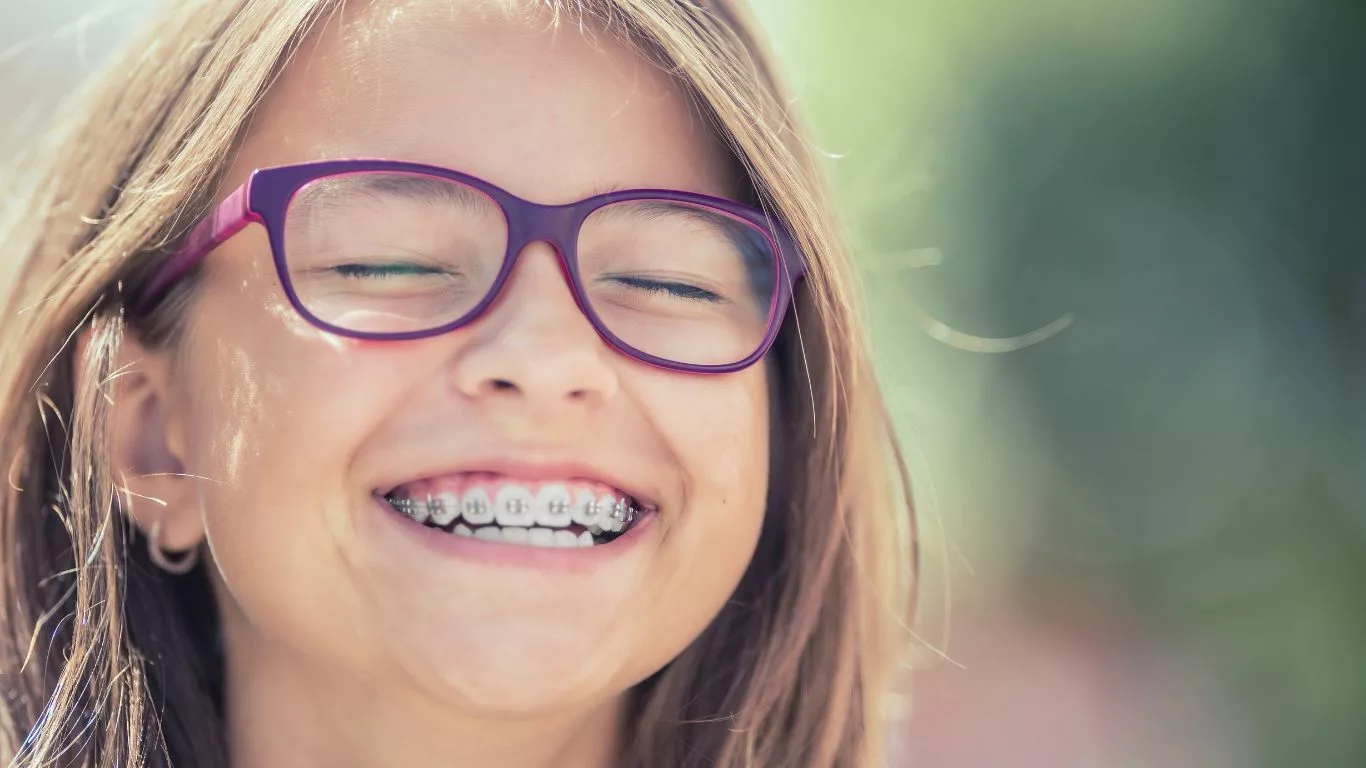
Considerations and Precautions
While enjoying pizza with braces is possible, it’s important to approach it with caution. Taking the necessary precautions will help you avoid any setbacks in your orthodontic treatment and ensure that your braces stay in good condition.
- Monitor for Loose Brackets or Wires: After eating pizza, it’s a good practice to check your braces for any signs of damage. If you notice any loose brackets, bent wires, or any other issues, contact your orthodontist as soon as possible. Prompt attention to these problems can prevent them from worsening and potentially prolonging your treatment.
- Limit Pizza Consumption: While the occasional pizza treat is fine, it’s wise not to make it a regular part of your diet, especially during orthodontic treatment. The combination of dough, cheese, and various toppings can be challenging to clean thoroughly from your braces. Frequent consumption of pizza may increase the risk of damage to your braces and make maintaining oral hygiene more difficult. Limiting your intake will help keep your braces intact and your teeth healthy.

Conclusion
So, can you eat pizza with braces? The answer is yes, but with some considerations. By choosing the right type of crust, being mindful of your toppings, and following the tips outlined in this guide, you can enjoy your favorite slice without compromising your orthodontic treatment. Remember to eat slowly, cut your pizza into small pieces, and maintain good oral hygiene to keep your braces in top shape.
Appendices
References
For more information on eating with braces, consider the following resources:
- American Association of Orthodontists (AAO). (2023). Eating with Braces: Tips for a Successful Orthodontic Treatment. Retrieved from AAO Official Website
- The British Orthodontic Society (BOS). (2022). Foods to Avoid with Braces and How to Safely Enjoy Your Favorite Foods. Retrieved from BOS Official Website
FAQs
Here are some frequently asked questions about eating pizza with braces:
- Can I eat pizza with a hard crust if I cut it into small pieces?
It’s better to avoid hard crusts altogether, even if you cut them into small pieces. Opt for a soft or thin crust to minimize the risk of damaging your braces. - What should I do if a bracket comes loose while eating pizza?
Contact your orthodontist as soon as possible to schedule a repair. In the meantime, avoid eating hard or sticky foods that could cause further damage. - How often can I eat pizza while wearing braces?
It’s best to limit pizza consumption to once in a while, especially if it has sticky toppings or a chewy crust. Focus on eating braces-friendly foods to ensure a smooth orthodontic treatment.
Related Table
Here’s a summary table of key information regarding eating pizza with braces:
| Aspect | Information |
|---|---|
| Best Crust Type | Soft or thin crust |
| Toppings to Avoid | Hard, sticky, or chewy toppings (e.g., thick pepperoni, tough meats) |
| Eating Technique | Cut into small pieces, chew slowly |
| Precautions | Monitor braces for damage, brush after eating |
Note: Individual experiences may vary, and it’s always a good idea to consult with your orthodontist for personalized advice on eating with braces.
Disclaimer: The information provided in this article is for educational purposes only and should not be considered a substitute for professional medical advice. Always consult your orthodontist with any questions or concerns about your braces and dietary choices.

Camellia Wulansari is a dedicated Medical Assistant at a local clinic and a passionate health writer at Healthusias.com. With years of hands-on experience in patient care and a deep interest in preventive medicine, she bridges the gap between clinical knowledge and accessible health information. Camellia specializes in writing about digestive health, chronic conditions like GERD and hypertension, respiratory issues, and autoimmune diseases, aiming to empower readers with practical, easy-to-understand insights. When she’s not assisting patients or writing, you’ll find her enjoying quiet mornings with coffee and a medical journal in hand—or jamming to her favorite metal band, Lamb of God.

